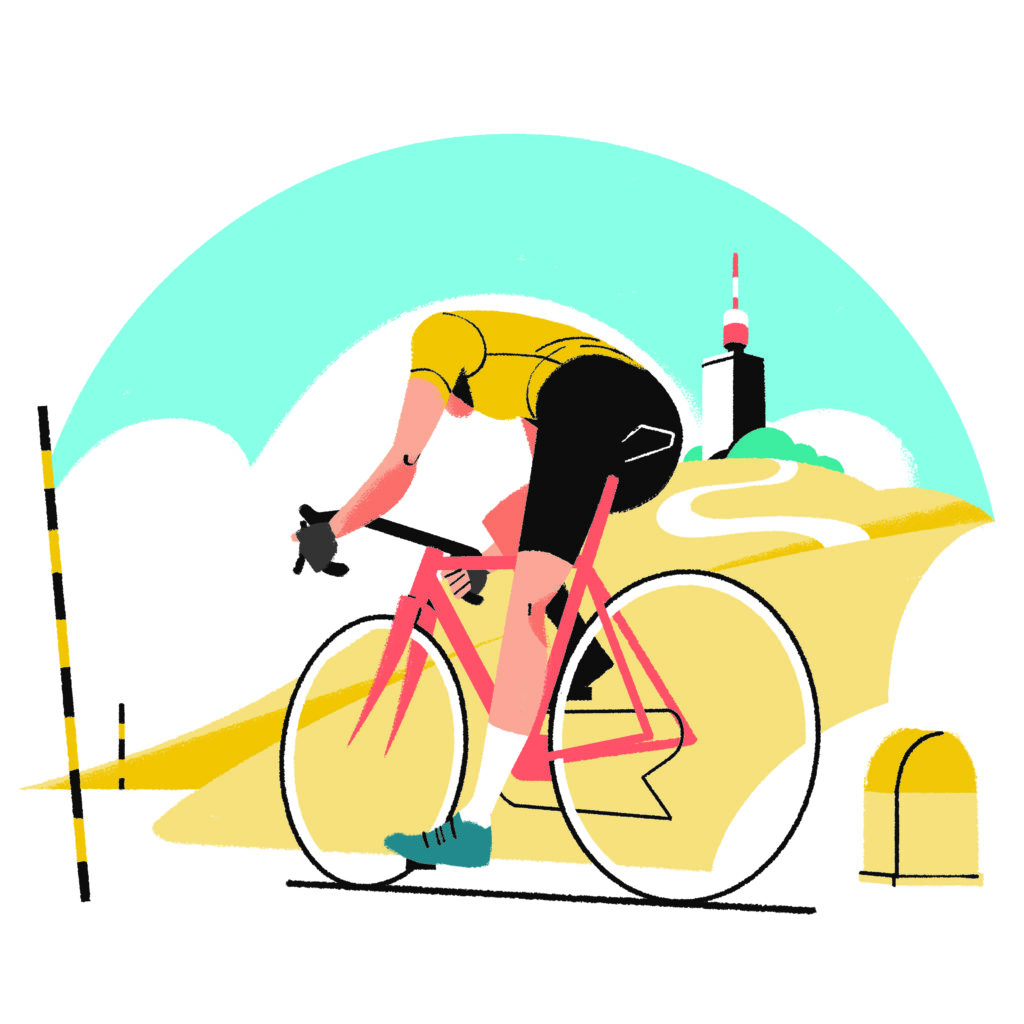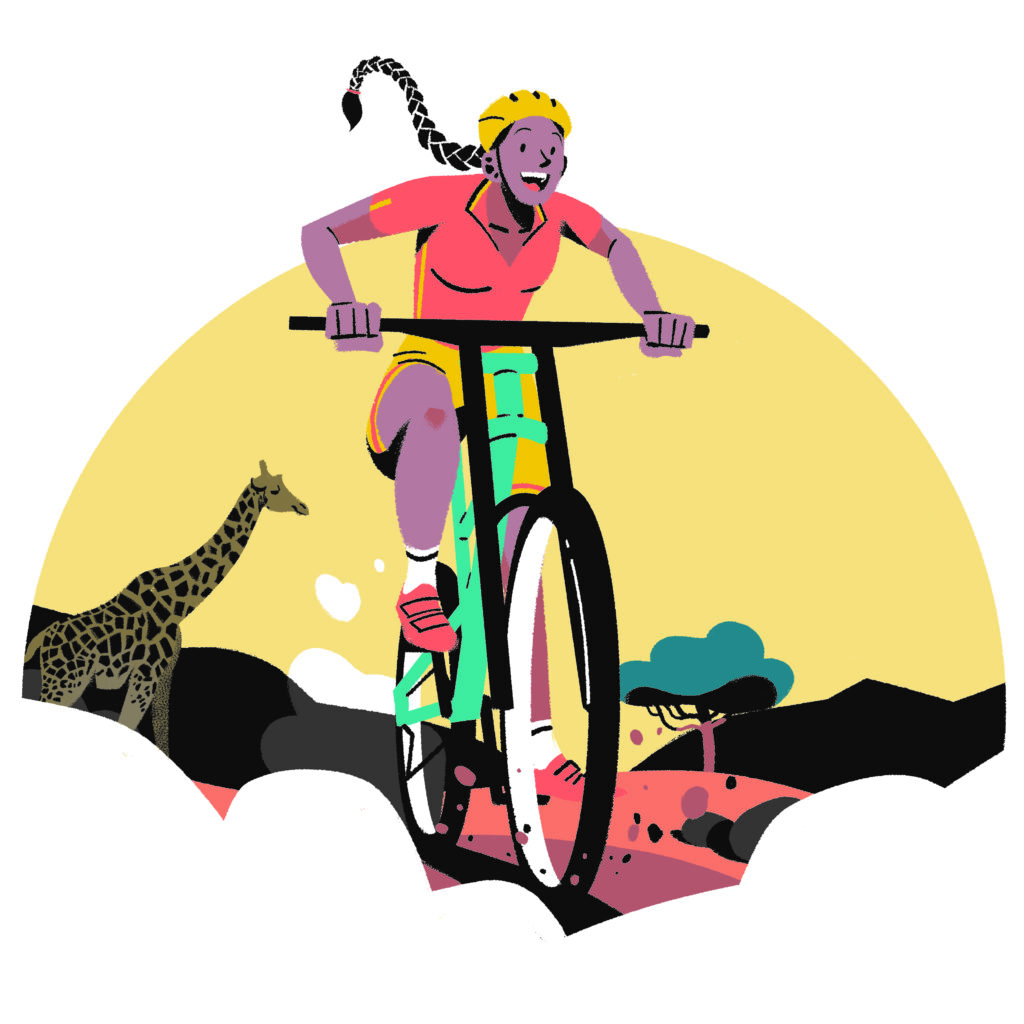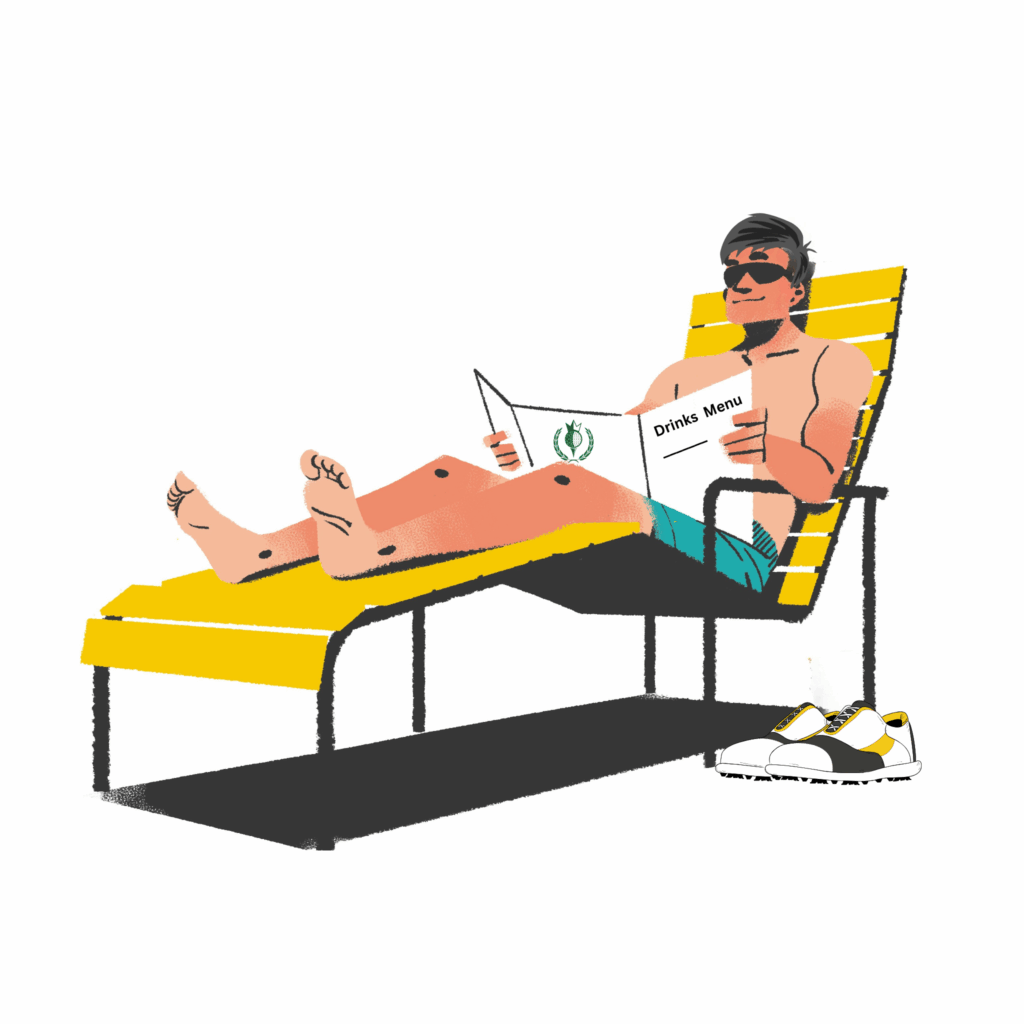Remember when riding a bike was simple?
You’d grab your helmet, a water bottle, maybe a snack, and just head out the door. No syncing sensors, no ride planning software, no worrying about battery levels, auto-pause accuracy, or whether your watts matched up with last week’s. You didn’t have to calibrate anything. You just rode.
These days, cycling can feel like a part-time IT job. Whether you’re a seasoned roadie, a weekend warrior, or a commuter with a competitive edge, there’s a creeping sense that we’ve traded something important. Spontaneity, simplicity, joy, for the promise of performance, precision, and digital validation.
So it’s worth asking the question: Is all this technology actually making cycling better? Or have we lost touch with what made riding a bike so liberating in the first place?
The Tech Boom: From Steel to Silicon
Cycling has always evolved. From the first penny-farthings to carbon fibre race machines, bikes have constantly pushed forward in design and capability. But the past decade has seen an unprecedented explosion in tech , not just in materials and components, but in digital integration.
Today’s “standard” ride setup for many includes:
-A GPS computer (often linked to your phone and synced with multiple platforms)
-A power meter, heart rate monitor, cadence sensor, and smart lights
-Electronic shifting (Di2, AXS, or EPS)
-Tubeless tyres that need sealant top-ups and careful pressure monitoring
-App-connected turbo trainers with interactive training software
-Cloud-based ride analysis tools like Strava, TrainingPeaks, Wahoo SYSTM, Zwift, Garmin Connect… the list goes on
The result? Cyclists are now data analysts, amateur bike mechanics, firmware technicians, and content creators, as well as athletes.
Data: Motivation or obsession?
Let’s talk about the numbers.
Power output, heart rate zones, cadence, speed, gradient, elevation, TSS, IF, FTP… These metrics can be incredibly useful , especially if you’re training with intent or racing competitively. But when every ride becomes a numbers game, it can start to feel more like homework than a hobby.
We’ve all been there:
-Feeling disappointed after a ride because your average speed was lower than expected, even though the route was beautiful and you felt great.
-Skipping a café stop because you didn’t want your “moving time” affected on Strava.
-Ignoring your body’s signals because your training plan said Zone 4 for 20 minutes.
Tech has made us better riders, but it’s also made some of us less happy riders.
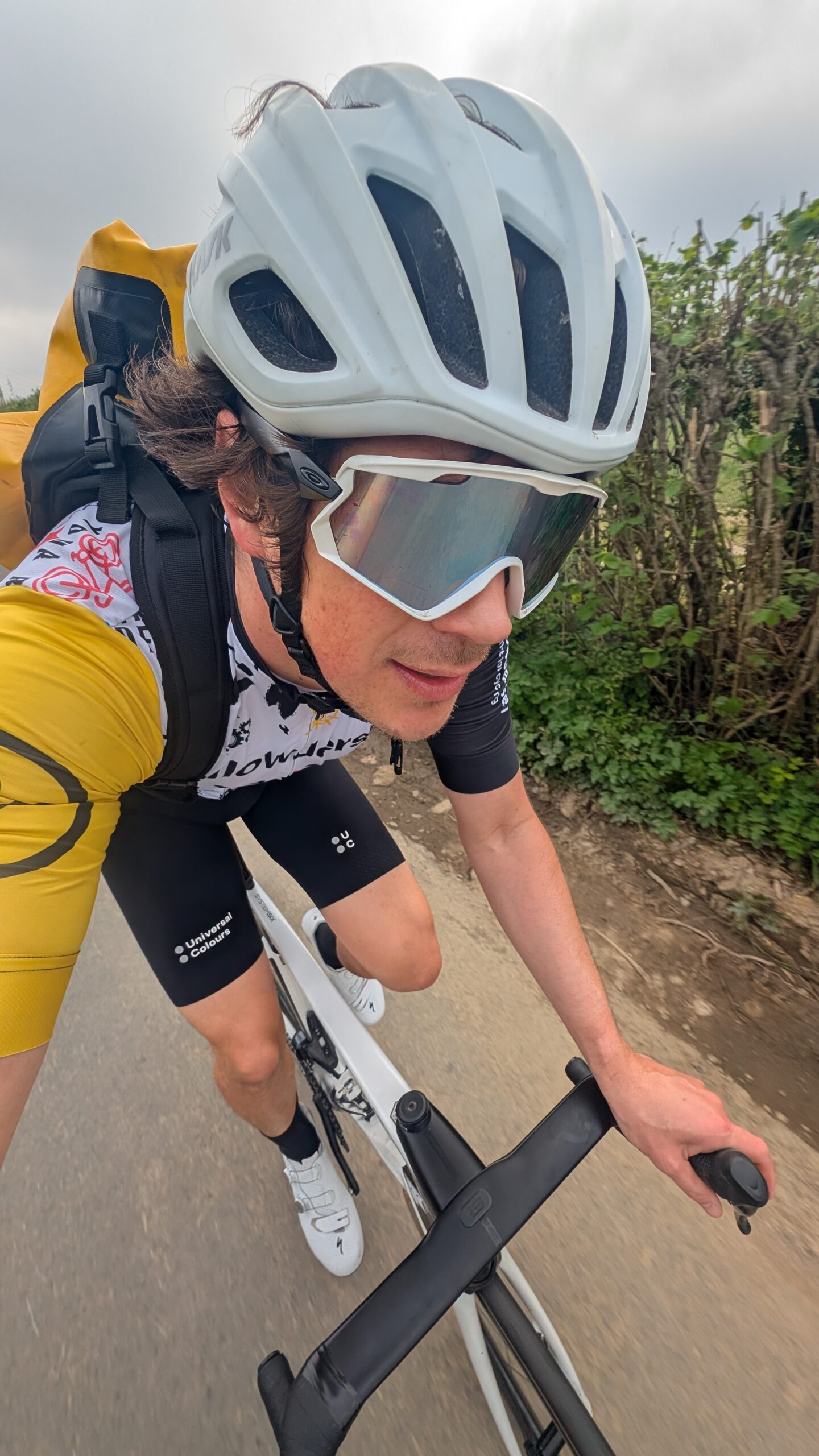
The Strava Effect: if it’s not uploaded, did it even happen?
Strava and similar platforms have transformed how we experience and share our rides. There’s a powerful community aspect to these tools, they connect us, inspire us, and help track progress. But they also bring an element of performance pressure.
It’s not just about riding anymore, it’s about documenting the ride:
-Chasing KOMs rather than enjoying the climb
-Stressing over your position on the weekly leaderboard
-Feeling like a casual ride “doesn’t count” because it wasn’t hard enough to impress your followers
There’s a quiet shift happening here. The ride is no longer about how it felt, it’s about how it looks on a graph or to other people.
Tech Burnout: When the Bike Feels Like Work
All of this comes with a cost and many cyclists are beginning to feel it.
You may recognise the signs of tech burnout:
-You spend more time prepping your gear than riding
-You’re constantly frustrated with syncing issues, battery failures, or firmware updates
-You avoid spontaneous rides because your sensors aren’t charged
-You feel pressure to “make the ride count” instead of riding just because you love it
This isn’t just a personal problem, it’s a cultural one. We’ve built a cycling environment that can feel exclusive, overwhelming, and heavily performance-driven. For newcomers, it can be intimidating. For veterans, it can be exhausting.

Rediscovering Simplicity: The Rise of Analog Riding
Interestingly, as tech has taken over, there’s also been a quiet counter-movement. A return to simple cycling.
Gravel riders exploring unmarked routes. Urban cyclists commuting on single-speed steel bikes. Riders leaving the head unit at home and navigating by instinct. The rise of “slow cycling” and local adventures, often without any tech at all.
These riders aren’t anti-tech, they’re pro-experience. They’re not rejecting innovation. They’re just choosing joy, spontaneity, and presence over performance, data, and validation.

A Personal Reflection: The Ride That Changed Things
If you’ve made it this far, let me share something personal.
A few months ago, I went for a ride and forgot to charge my GPS. No stats, no tracking, no route plan. I nearly turned back , but decided to ride anyway.
It was one of the best rides I’ve had in years.
I stopped for a beer without worrying about moving time. Took a few wrong turns that led to unexpected views. Climbed a hill I’d normally avoid, just to see what was at the top. I didn’t know how fast I was going or how many watts I was putting out. And for once, I didn’t care. I just rode.
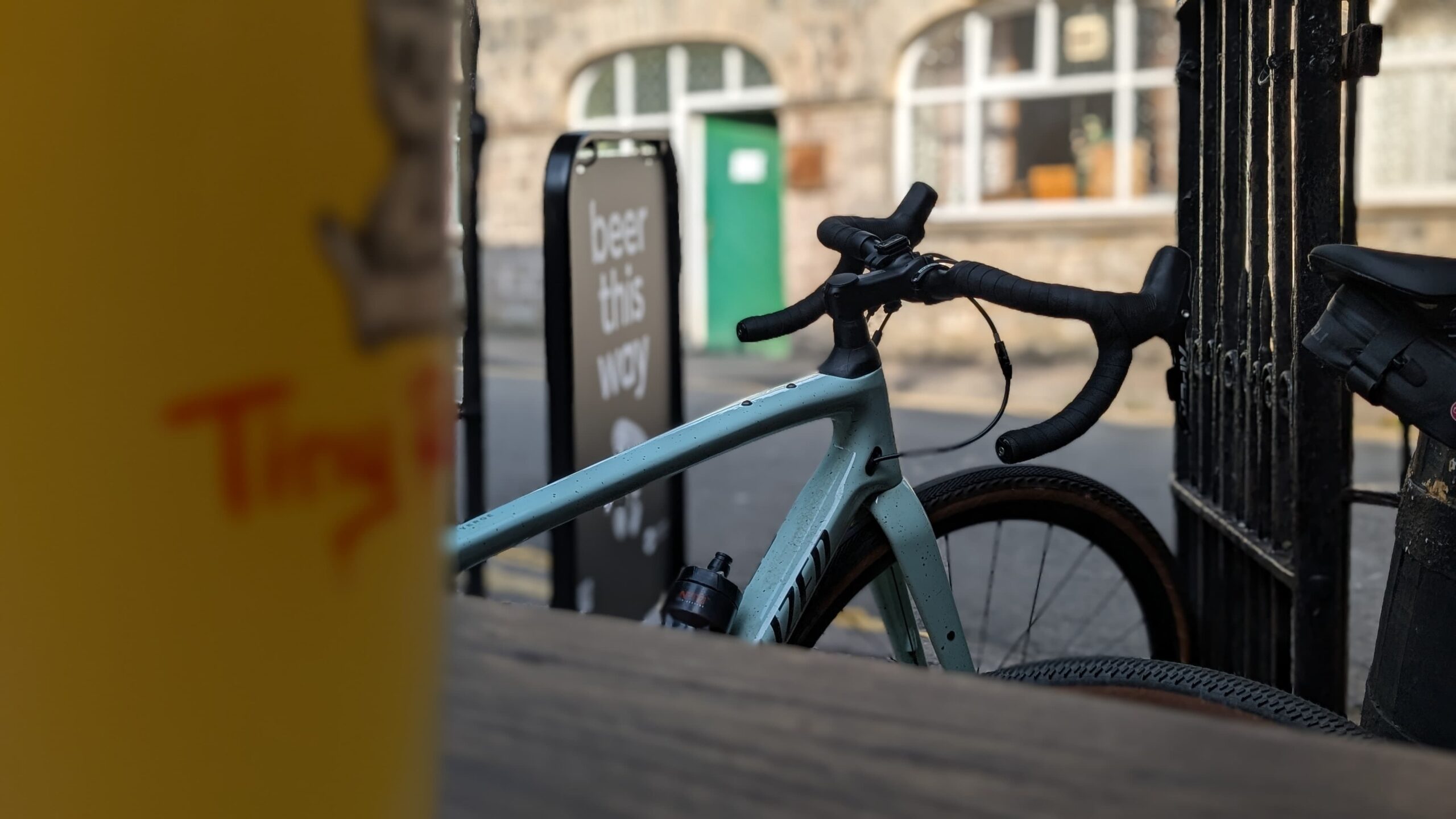
So, Is Tech Killing the Joy?
Not entirely. Tech has enabled incredible progress in cycling, from elite racing to safer commutes. But there’s a fine line between enhancing the ride and controlling it.
If you love your gear, your data, and your routines, that’s great. But if you’re feeling overwhelmed, unmotivated, or disconnected from the ride itself, maybe it’s time to experiment with less.
-Try a ride with no sensors.
-Leave the head unit at home.
-Skip the upload.
-Ride for feel, not for numbers.
Because at the end of the day, cycling isn’t about being the fastest, most efficient, or best-documented rider out there. It’s about the simple joy of two wheels, a bit of road, and the freedom to go wherever you choose.
